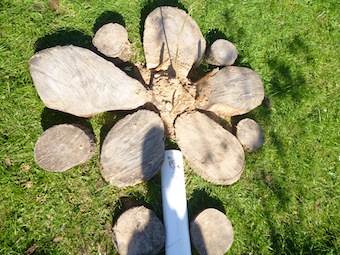Solvation Blog
Instilling a Love of Science
Posted March 20, 2014
The University of Alabama has entered its second semester of Discovery Buddies, a unique program where 45 UA students lead hands-on science experiments twice a week at a local elementary school.
In a recent article by the school, it’s said that Monica Brint, a junior majoring in biology, started the program to expose youth to the health profession as whole, reinforce classroom lessons and “spark a love of science.”
“I started this program because I wanted to provide the students with role models who are currently pursuing careers in science,” Brint said. “Because my own early exposure to science greatly influenced me, I wanted to provide these same experiences and opportunities to the students.”
That got us at Solvation thinking. What are some other ways to enlighten young adults about science, whether you’re a teacher or a parent? Here are a few ideas:
Food for Thought
Food is a great entry into science and there’s plenty of experiments online. From blowing up balloons with PopRocks to learning about the chemistry behind yogurt to understanding the differences between baking soda and baking powder, there’s plenty to learn and explore.

Rock Plant Photo by Creative Star Learning.
Grab a Controller
Though many people write off video games as mindless sensationalism, there are many games that teach problems solving and critical thinking skills in an interactive format. Some of our favourite Science-Technology-Engineering-Math (STEM) video games sites include Science Game Center, Geckoman and Playmeo.
Get Outdoors
It’s an easy concept, really, but somehow it gets forgotten. Science is all around us — get outdoors and explore it. Take your child camping and enjoy the majesty and mystery of the night sky, while you attempt identify different constellations. Create a bird feeder and have your class gather and analyze data by watching visiting birds. Combine art and science by recreating diagrams of plant life. These are just a few of the endless opportunities to build a connection to science in the great outdoors.

Rock Plant Photo by Creative Star Learning.


 Bruce McAskill, PhD, is an educational consultant and a high school math and science teacher in Victoria BC. He is currently
developing solution sets in his spare time for more textbooks!
Bruce McAskill, PhD, is an educational consultant and a high school math and science teacher in Victoria BC. He is currently
developing solution sets in his spare time for more textbooks!